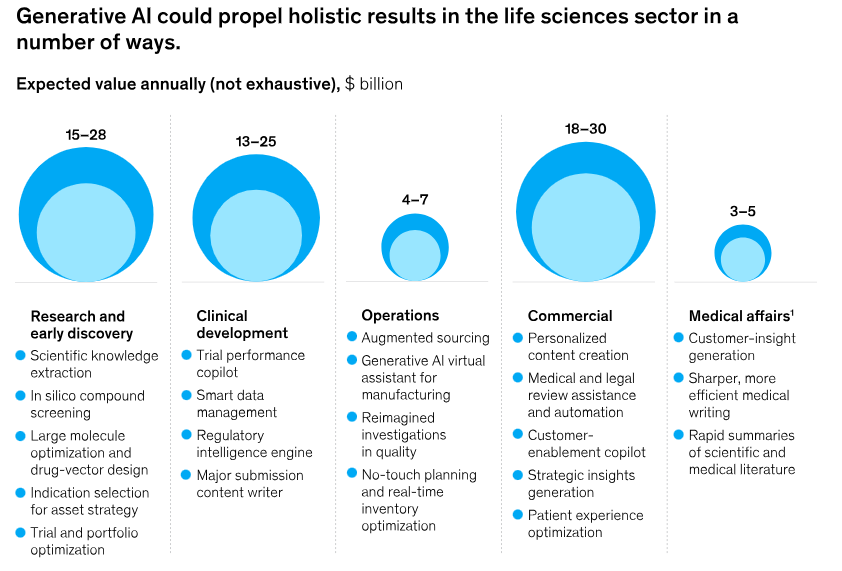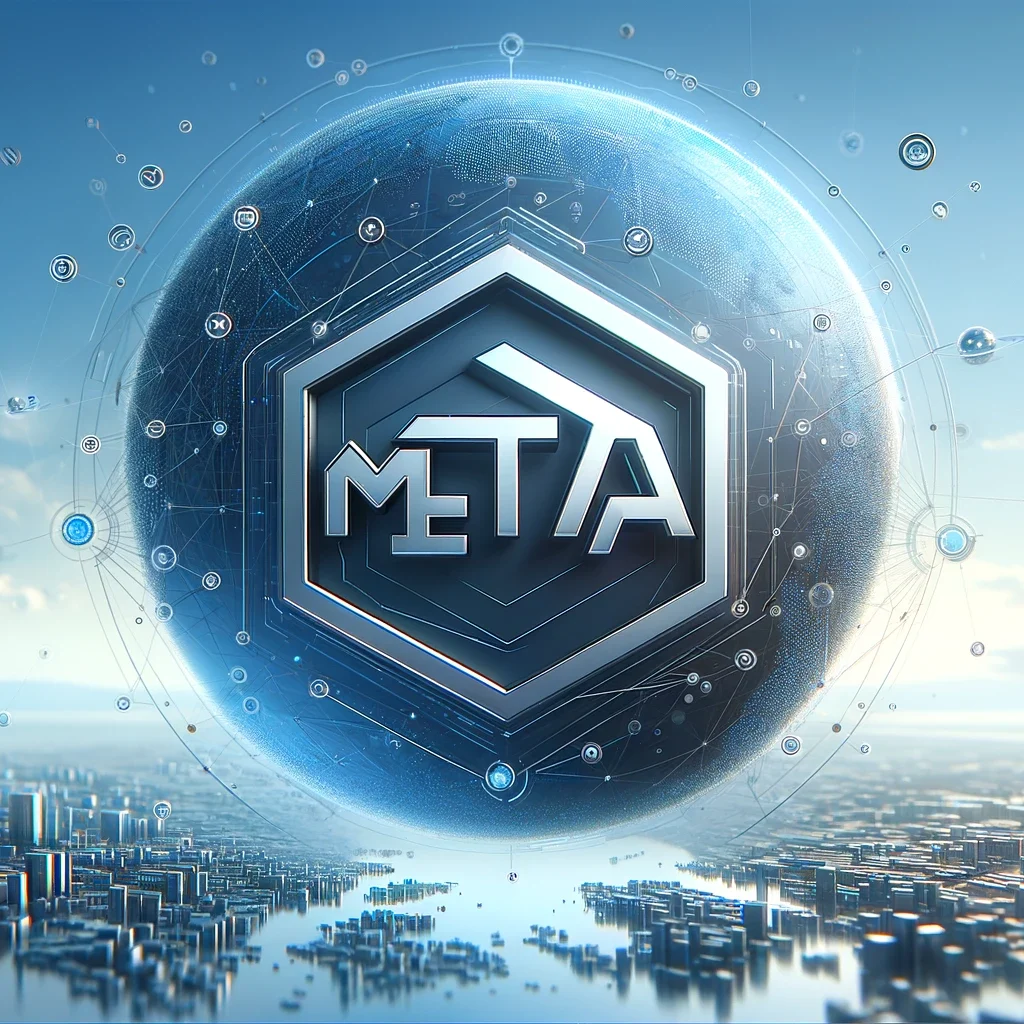Until now, the business rationale has been undermined by the sheer amount of labor needed to validate and bring intelligent automation systems up to full functionality for life sciences R&D purposes, such as transforming adverse event (AE) reporting.
These obstacles are now being removed, and compliance is being strengthened by the LLMs (large language models) that drive generative artificial intelligence.
Pharma businesses may have a once-in-a-century chance with this AI technology—but only if they can scale it and deal with the particular difficulties faced by the sector.
What can be made possible?
Machine learning and large language models have made quick searches for new drugs possible, along with more effective clinical studies and faster clearances from regulators, which produces extremely focused marketing collateral.
Nearly every aspect of the pharmaceutical sector is changing because of generative AI, which is also changing the norms of business operations and possibly unleashing billions of dollars in value.

According to estimates from the McKinsey Global Institute (MGI), the technology could bring in between $60 billion and $110 billion annually for the pharmaceutical and medical product industries.
This is primarily because the technology can increase productivity by accelerating the process of finding compounds that could be new drugs, expediting the development and approval of those drugs, and enhancing their marketing.
The possibility lies in using “in context” learning, narrative extrapolation, and spontaneous data discovery in a way that regulators can understand. AI specialists at ArisGlobal, Ramesh Ramani and Ravikanth Valigari, discussed potential applications at a pharmaceutical manufacturer.
AI for efficient data transformation in drug safety
When large amounts of data are present in various formats and come from many sources, like in the case of safety monitoring, for example, it takes a lot of administrative work to compile any noteworthy discoveries and make them useful.

This is where there is significant potential for process transformation offered by the most recent developments in machine learning and AI. Not only in terms of efficiency but also markedly increased accuracy—provided the software understands what it is searching for.
In order to close these gaps and make advanced automation a safe and dependable reality in important life sciences R&D processes—and importantly, without requiring constant, laborious oversight—LLMs, the vast data banks that GenAI tools refer to, and advanced natural language processing (NLP) techniques like retrieval-augmented generation (RAG) are now being applied.
To put it simply, by enabling LLMs to combine confidential data with information that is accessible to the public, RAG makes it easier to fine-tune AI models by providing them with a larger knowledge base and context.
Improving data compilation through LLM-RAG solutions
The training burden has been the issue with ML solutions thus far. But now, a single technological solution can handle all variants of incoming with the help of LLMs, which eliminates the need to teach AI models or algorithms what to look out for and/or what something implies.
When it comes to guiding an LLM through a standard operating procedure in plain English, RAG patterns can be quite helpful. This way, the system will be able to handle thousands of different forms without requiring unique settings for each one.
It has been demonstrated that applying LLM-RAG technology to change AE case input can result in efficiency gains of up to 65% and 90%+ data extraction quality and accuracy in early trials. It has an amazing potential impact. This very same system is currently exhibiting 80–85% consistency in the summaries it generates for safety case story development. And that’s without any past exposure, starting from scratch.
It does, in fact, provide the groundwork for pharmaceutical companies to significantly simplify some of their most difficult data-driven operations.
Fears about compliance or dependability that earlier held back the adoption of smarter automation have given way to a strong desire to adopt new versions of the technology that directly address these issues and provide measurable improvements in productivity and efficiency.
“To build momentum for change, organizations should create teams of early-adopter champions to shape the deployment of generational AI use cases and prove their value.” McKinsey.





